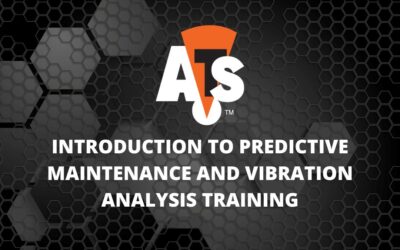Every band relies on its bassline—that low, thumping sound that helps establish the rhythm, tempo and signature sound of a song.
Your predictive maintenance (PdM) program should rely on a baseline, too—especially in the area of vibration analysis. Without a baseline, it’s hard to know what the data you’re collecting means.
First things first: good vibration analysis begins with a comprehensive list of critical equipment. Once that’s determined, the data collector and analysis software can be set up for the appropriate equipment. Then it’s time to collect baseline vibration data.
To do that, we collect multiple data sets under normal operating conditions for all the machinery being monitored. This is important because many variables are in play and affect the operating condition of a machine:
- foundations
- installation conditions
- environmental factors
- load
- and more
All of these variables contribute to the uniqueness of a machine’s vibration signature, so it is essential to establish a baseline for its operation. It’s also important to note that severity charts and other generic reference materials should serve as guidelines rather than the final word on a machine’s operation.
Once a baseline has been established, deviations can be tracked. Tracking those deviations over time allows us to spot trends. In turn, those trends lead to more accurate fault diagnoses.
A band without a bassline isn’t going to sound right. Vibration analysis without a baseline isn’t going to work right.
Touch base with ATS today to make sure your PdM program is totally in tune.






0 Comments